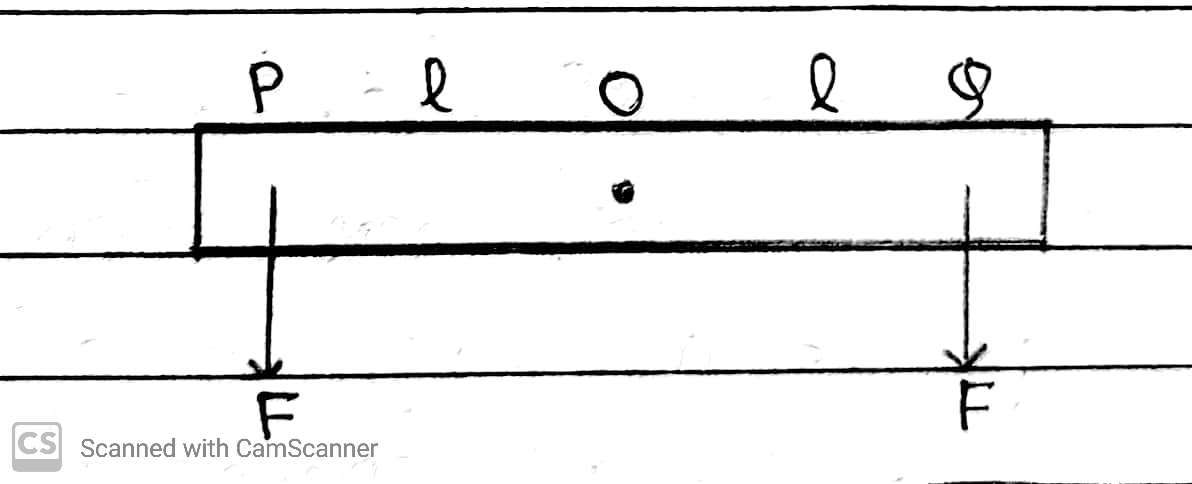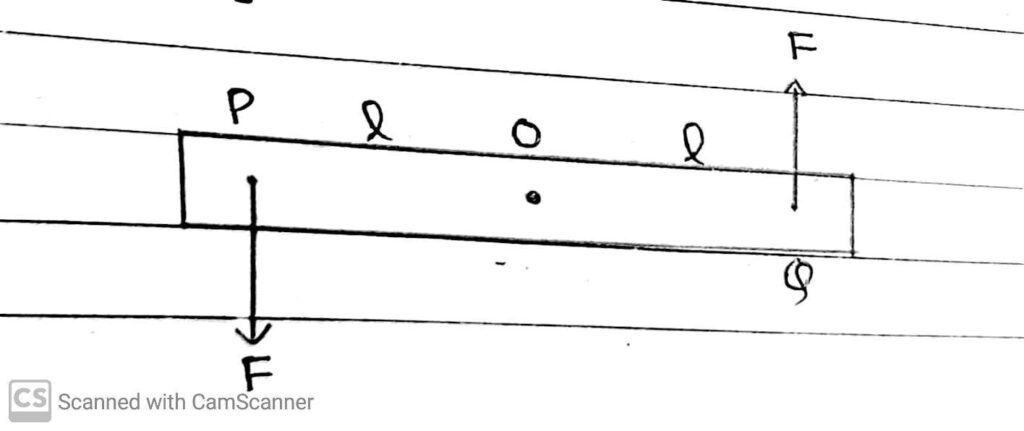A Rigid body is said to be in equilibrium, if both of its linear momentum and angular momentum are not changing with time.
Thus, equilibrium body does not posses linear acceleration or angular acceleration.
This means,
(I) The total force, i.e the vector sum of all forces acting on the rigid body is zero.

That means, all component along x, y and z direction remains zero.
(II) The total torque, i.e the vector sum of all Torques acting on the body must be zero.

That means, also x, y and z component of torque will be zero.
(III) The sum of the components of the torques along any axis perpendicular to the plane of the forces must be zero.
Rotational Equilibrium Only
If the net torque acting on the rigid body is zero, but net force is not zero, then the rigid body is in rotational equilibrium only.

Translational Equilibrium Only
If the net force acting on the rigid body is zero, but net torque is non-zero, then rigid body is in translational equilibrium only.

NCERT Class 11 Physics Book PDF Free Download
Also Read
SL Arora Class 11 Physics Book PDF Free Download
All In One Arihant Class 11 Physics Book PDF Free Download
NCERT Class 11 Physics Hand Written Notes Chapter-Wise
Modern ABC Maths Part-1 PDF Download
Modern ABC Maths Part-2 PDF Download
Modern ABC Physics Part-1 PDF Download
Modern ABC Physics Part-2 PDF Download
Modern ABC Chemistry Part-1 PDF Download
Modern ABC Chemistry Part-2 PDF Download
